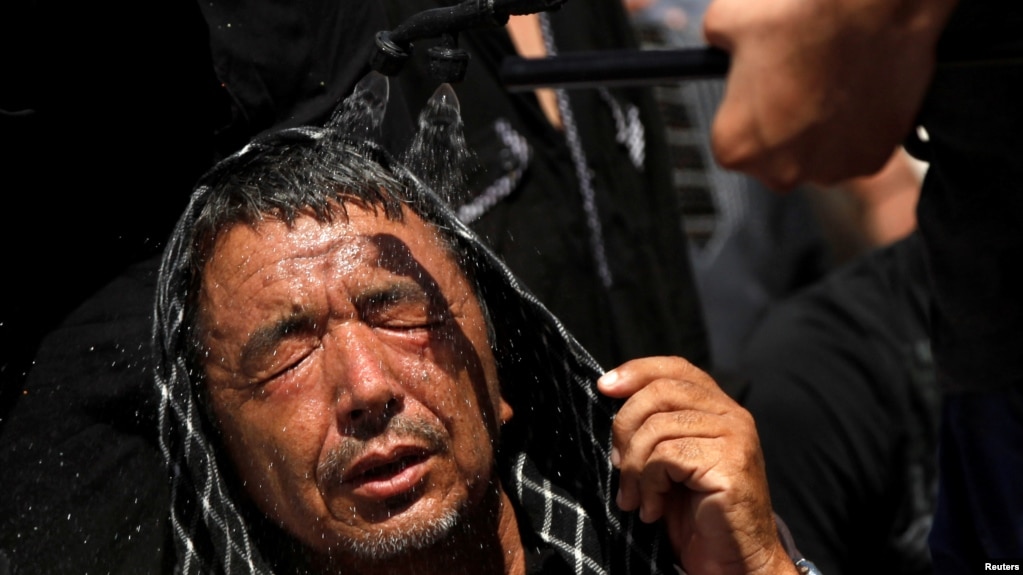skookerasbil
Platinum Member
Yep......ahhhhhh ( takes toke of ciggy in classic Denis Leary fashion )
Can ants save Earth from global warming? - The Times of India
More fodder.........we don't know shit about shit regarding the climate and its dynamics. You have to have a plate in your head to think "the science is settled".......or, your a fraud bozo!!!

Can ants save Earth from global warming? - The Times of India
More fodder.........we don't know shit about shit regarding the climate and its dynamics. You have to have a plate in your head to think "the science is settled".......or, your a fraud bozo!!!



